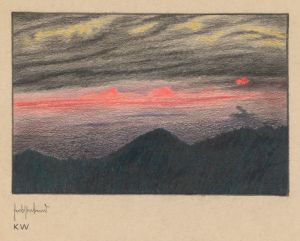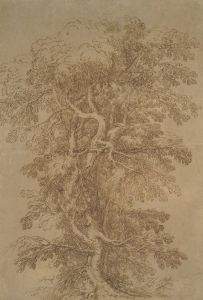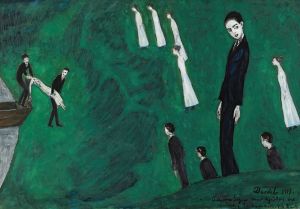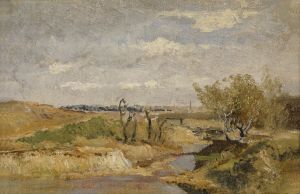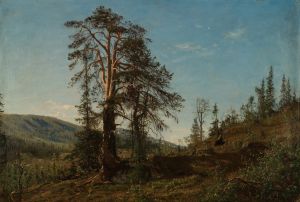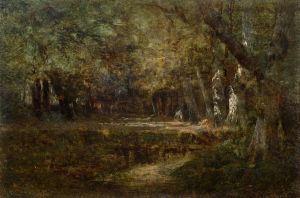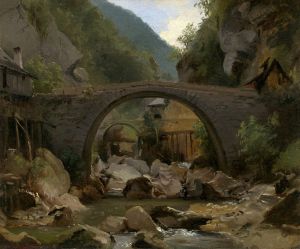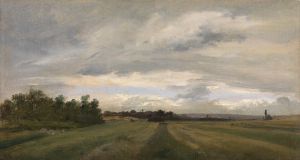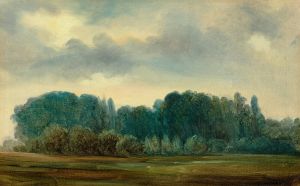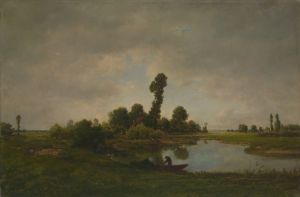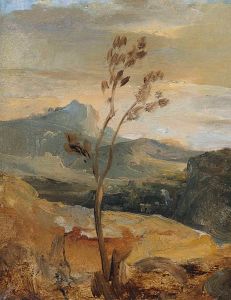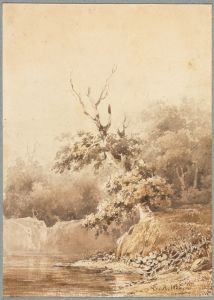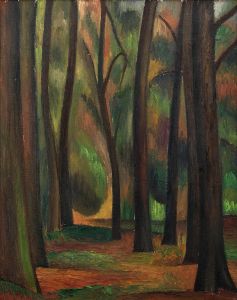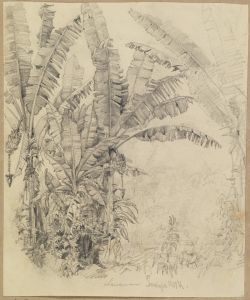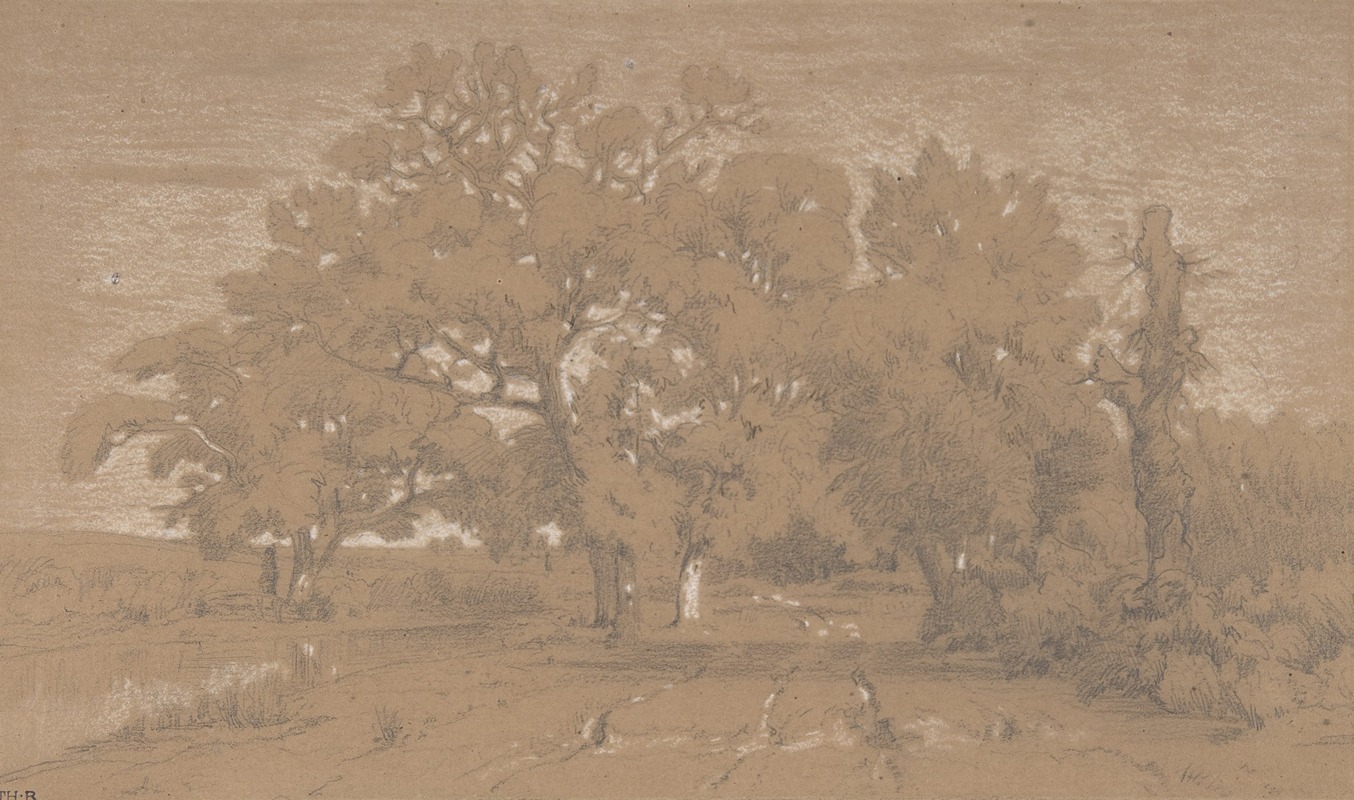
Landscape
A hand-painted replica of Théodore Rousseau’s masterpiece Landscape, meticulously crafted by professional artists to capture the true essence of the original. Each piece is created with museum-quality canvas and rare mineral pigments, carefully painted by experienced artists with delicate brushstrokes and rich, layered colors to perfectly recreate the texture of the original artwork. Unlike machine-printed reproductions, this hand-painted version brings the painting to life, infused with the artist’s emotions and skill in every stroke. Whether for personal collection or home decoration, it instantly elevates the artistic atmosphere of any space.
Théodore Rousseau was a prominent French painter and a leading figure of the Barbizon School, a movement that emerged in the mid-19th century. This group of artists was known for their realistic and naturalistic depictions of landscapes, often painted en plein air, or outdoors, to capture the natural light and atmosphere of the scene. Rousseau's work, including his painting "Landscape," is celebrated for its detailed and emotive portrayal of nature.
"Landscape" by Théodore Rousseau exemplifies the artist's dedication to capturing the essence of the natural world. Although specific details about this particular painting are limited, Rousseau's landscapes typically feature a harmonious blend of trees, skies, and rural scenes, often depicting the French countryside. His works are characterized by a rich palette and a meticulous attention to detail, which convey a deep appreciation for the beauty and complexity of nature.
Rousseau was born in Paris in 1812 and showed an early interest in art. He was influenced by the works of earlier landscape painters such as John Constable and Jacob van Ruisdael. Rousseau's commitment to painting directly from nature set him apart from many of his contemporaries, who often worked in studios. This approach allowed him to capture the changing moods and atmospheres of the landscape, a hallmark of his style.
The Barbizon School, named after the village of Barbizon near the Forest of Fontainebleau where Rousseau and other artists gathered, was instrumental in the development of landscape painting in France. Rousseau, along with artists like Jean-François Millet and Camille Corot, sought to break away from the formalism of academic art and instead focus on the natural world. Their work laid the groundwork for later movements such as Impressionism.
Rousseau's "Landscape" paintings often reflect his deep connection to the environment and his desire to portray it with sincerity and emotion. His use of light and shadow, along with his ability to depict the textures of foliage and earth, create a sense of immediacy and presence in his works. This attention to detail and atmosphere invites viewers to experience the tranquility and majesty of the natural world.
Throughout his career, Rousseau faced challenges, including initial rejection by the Paris Salon, the official art exhibition of the Académie des Beaux-Arts. Despite these setbacks, he gained recognition and respect for his innovative approach to landscape painting. By the 1850s, Rousseau's work was widely appreciated, and he became a central figure in the Barbizon School.
Rousseau's legacy is evident in the way he influenced subsequent generations of artists. His dedication to painting from nature and his ability to convey the emotional resonance of the landscape have left a lasting impact on the art world. Today, his works are held in high esteem and can be found in major museums and collections around the world.
In summary, while specific information about the painting "Landscape" by Théodore Rousseau may be limited, his overall contribution to landscape painting and his role in the Barbizon School are well-documented. His works continue to be celebrated for their beauty, technical skill, and emotional depth, reflecting his profound connection to the natural world.





